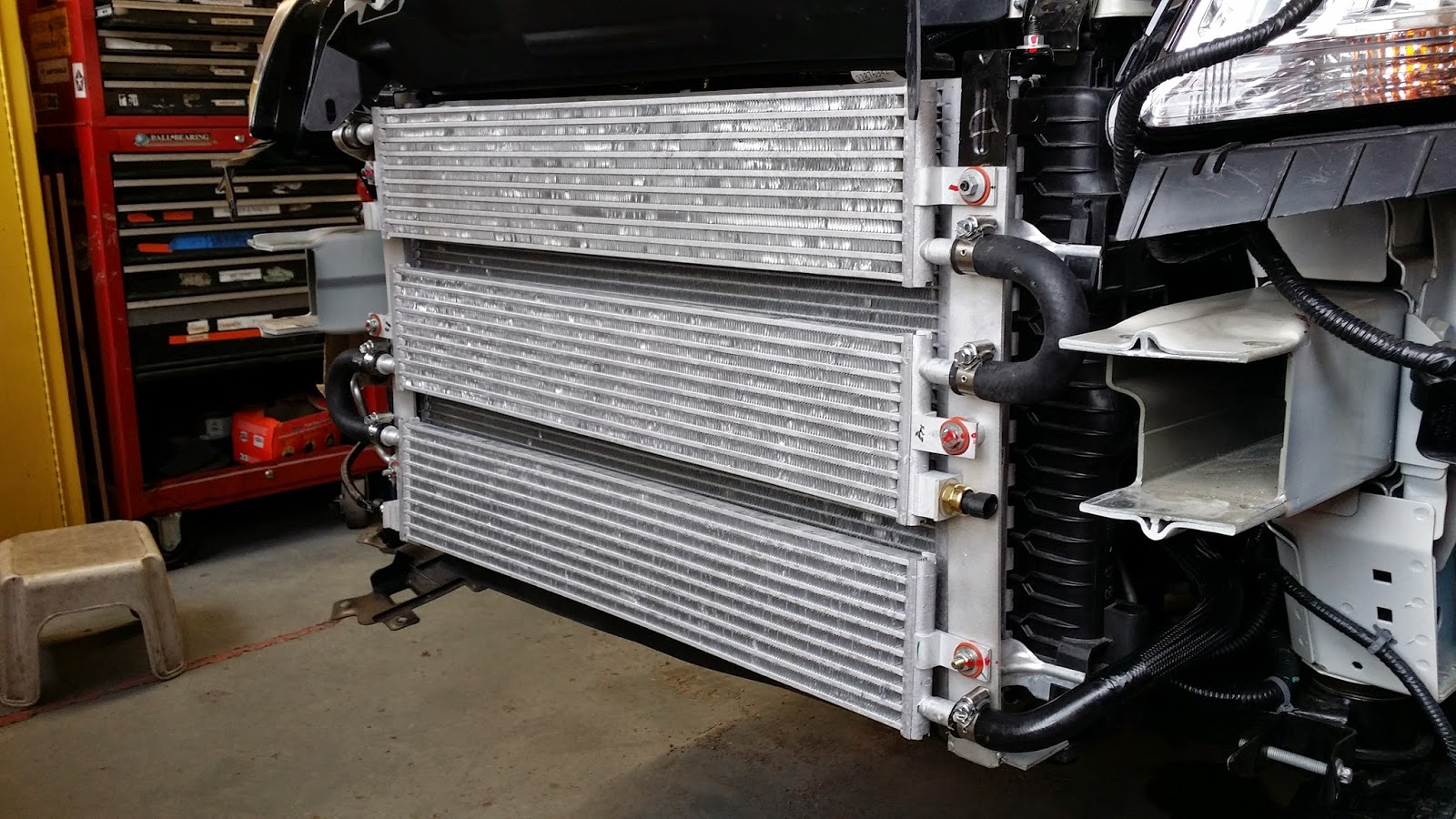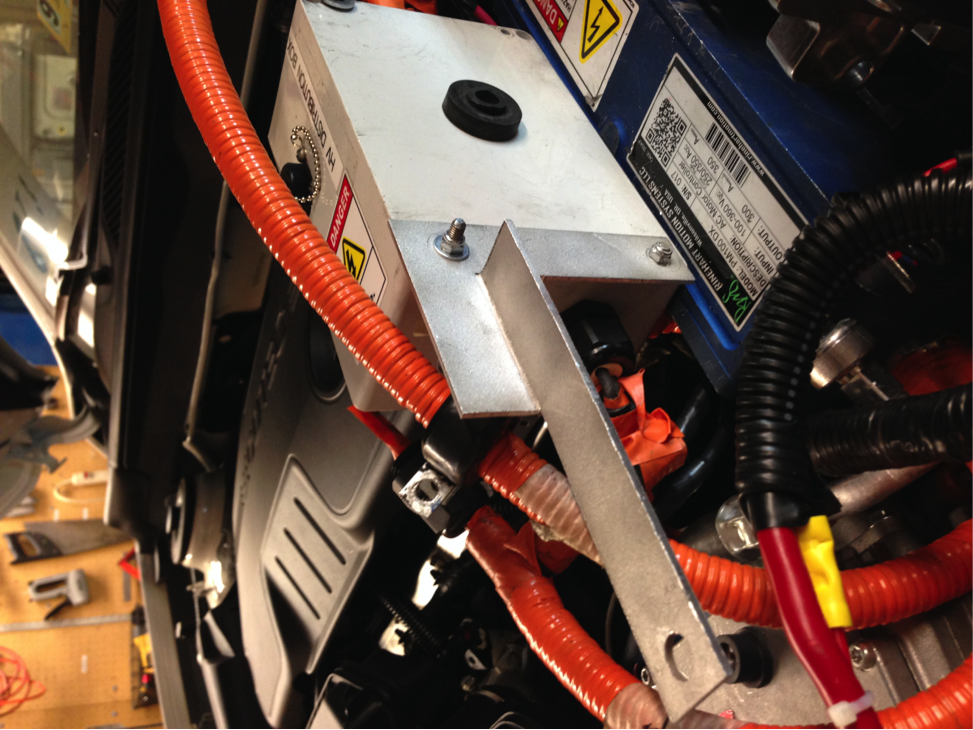Between the traveling, the lights, the parties and the gift wrap, Santa’s reindeer aren’t the only ones leaving a footprint. From Thanksgiving to New Year’s Day, household waste increases by 25 percent. This adds an unnecessary strain on your wallet and the Earth!
Reducing waste during the holidays, however, could not be easier with a few simple tips:
1. Switch to LED lights
LED, or Light Emitting Diode lights, require 1/50th of the electricity of conventional lighting and last 20-30 years, as reported by the EPA. You can also lower your carbon footprint by turning off holiday lights when you go to bed or are not at home.
2. Opt for homemade gift wrap
From newspapers to mason jars to maps, it’s easy to make beautiful and original gift wrap using what you already have at home. HGTV, Pinterest and other websites offer an abundance of ideas to help you tap into your inner Martha Stewart, all while saving money and helping the environment.
3. Use and recycle a live tree
While plastic trees are made of petroleum products and are typically discarded after a few years, live trees are grown on tree farms regularly, positively contribute to air quality while growing, and are recycled into mulch almost 90 percent of the time, as reported by Earth Easy.
4. Recycle whenever possible
According to recycling expert Patrick Morgan, the only wrapping paper you shouldn’t recycle is the paper with plastic or tin foil. Anything else is fair game. At parties, you can promote recycling by placing a box for bottles next to the trash can.
5. Give your house a once-over before traveling
Have you turned off all the lights? Unplugged all the electronics? Closed all the windows and set the thermostat to a lower temperature? Looks like you are good to go!
While it can be easy to get caught up during the holidays, remember that even small changes can make a big difference!
HEVT hopes you have a safe and happy [green] Holiday!








